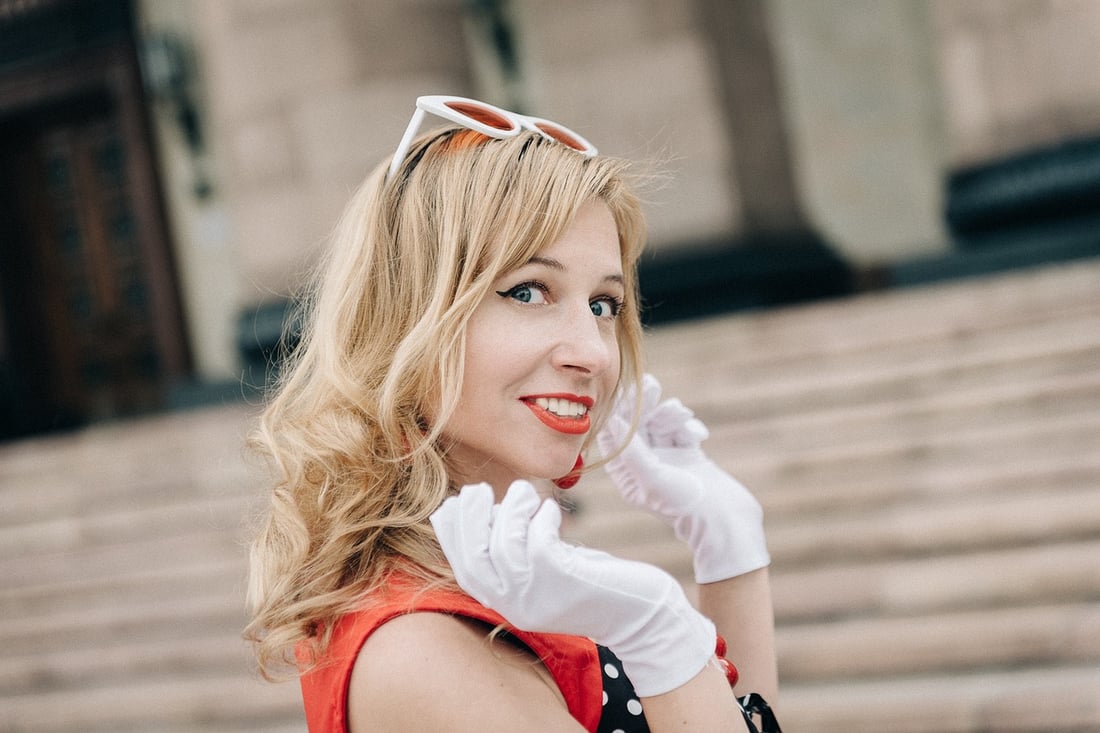Long gloves have been a staple in women's fashion for centuries, providing both practicality and style. But Why did ladies wear long gloves? in the first place?
Historical Tradition
Long gloves have a long history dating back to the medieval times when they were worn for practical reasons such as protection from the cold. Over time, they became a symbol of elegance and refinement among the upper class.
Fashion Statement
Long gloves were a fashion statement in the 19th and early 20th centuries, especially during the Victorian era. Women wore them as a symbol of status and sophistication, often matching them with their outfits for formal occasions.
Sun Protection
Long gloves also served a practical purpose by providing protection from the sun. In the days before sunscreen was widely available, women would wear long gloves to shield their hands and arms from harmful UV rays.
Glamorous Accessories
Long gloves added a touch of glamour and femininity to women's attire, especially during the golden age of Hollywood. Actresses like Audrey Hepburn and Grace Kelly popularized the trend of wearing long gloves on the red carpet.
Social Etiquette
Wearing long gloves was also a sign of good manners and social etiquette. Women were expected to wear gloves as part of their formal attire when attending events or social gatherings.
Symbol of Femininity
Long gloves were often associated with femininity and grace, emphasizing the delicate hands and arms of women. They were seen as a way to enhance a woman's allure and beauty.
Modesty and Decorum
Long gloves were seen as a symbol of modesty and decorum, covering the skin to maintain a sense of propriety. They were often worn in more conservative settings to maintain a sense of elegance and respectability.
Seasonal Fashion
During colder months, long gloves provided warmth and protection from the elements, allowing women to stay fashionable while staying comfortable. They were often made from luxurious materials like silk or velvet for added warmth.
Cultural Significance
Long gloves have played a significant role in various cultures and traditions around the world. From opera performances to royal ceremonies, they have been a symbol of tradition and elegance for centuries.

